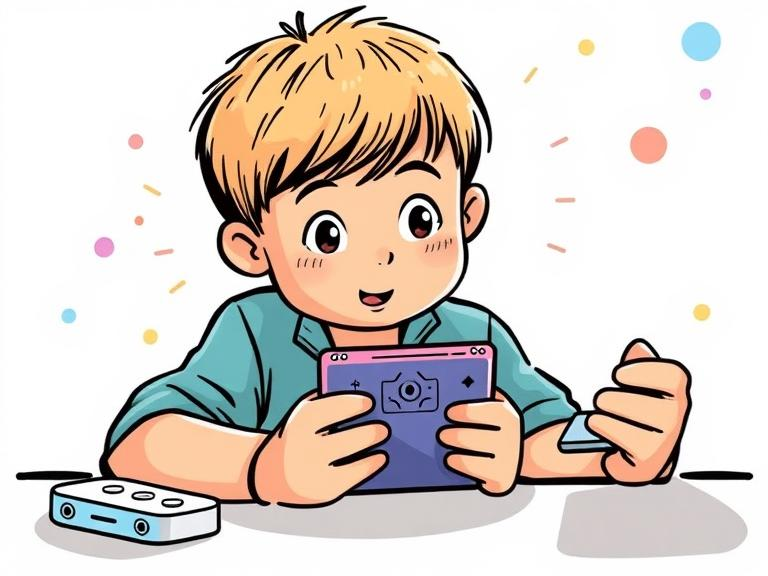Your basket is currently empty!

In today’s digital age, children are introduced to gadgets at an increasingly young age. Tablets, smartphones, gaming consoles, and even smartwatches are now part of many children’s daily lives. While these devices offer educational and entertainment benefits, they also raise serious concerns among parents, teachers, and psychologists.
On the positive side, gadgets can be powerful learning tools. Educational apps, interactive games, and e-books can make learning fun and accessible. Children can develop problem-solving skills, learn new languages, and explore the world through videos and virtual tours. In some cases, gadgets even help children with disabilities improve communication and learning.
However, there are growing worries about excessive screen time. Studies have linked too much gadget use to issues like poor concentration, reduced physical activity, sleep disturbances, and even behavioral problems. Children may become addicted to screens, preferring virtual experiences over real-world play and interaction. Social development can suffer when face-to-face communication is replaced by digital engagement.
There are also safety concerns. Without supervision, children may be exposed to inappropriate content, online predators, or cyberbullying. Privacy issues are also relevant, as some apps collect data without proper consent or understanding.
The solution lies in balance and guidance. Gadgets can be beneficial when used purposefully and in moderation. Parents and educators should set limits, offer quality content, and encourage physical play and social interaction alongside tech use. In the end, gadgets themselves aren’t harmful—how we use them determines whether they’re a boon or a bane for children.
Leave a Reply